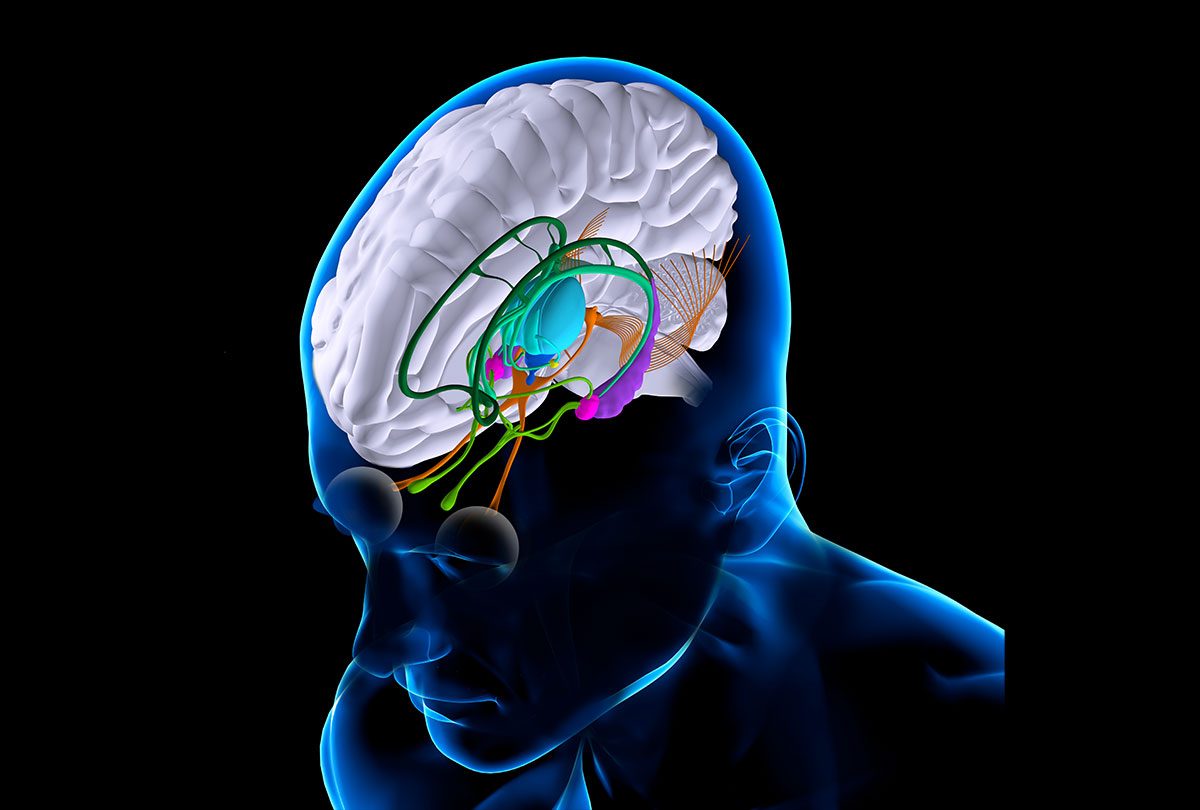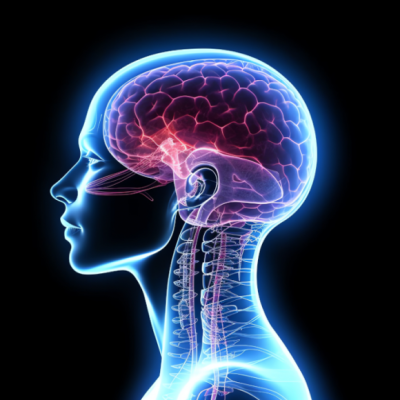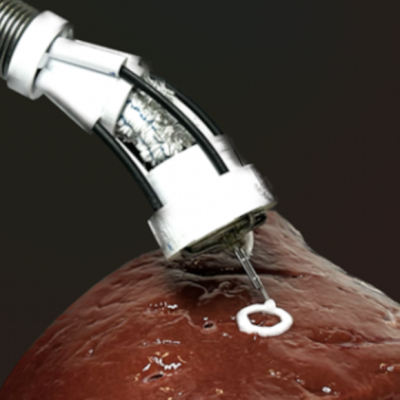A new study published on Monday offers hope to the more than five million Americans who suffer from permanent disabilities due to traumatic brain injuries. The study involved implanting electrodes in the heads of five people with moderate to severe brain injuries. The electrodes stimulated their brains, resulting in improved performance on cognitive tests. If the results hold up in larger clinical trials, the implants could be the first effective therapy for chronic brain injuries, according to the researchers. The study was led by Dr. Nicholas Schiff, a neurologist at Weill Cornell Medicine in New York.
One of the volunteers who received the implant was Gina Arata, who was 22 years old when a car accident left her with fatigue, memory problems, and uncontrollable emotions. She had to give up her plans to study law and lived with her parents in Modesto, California, as she was unable to work. In 2018, 18 years after the accident, Arata received the implant, which she says has fundamentally changed her life. “I can be a normal person and talk,” she said. “It’s amazing how much I’ve improved myself.”
The study was based on years of research into the structure of the brain, which suggested that our ability to concentrate on tasks depends on a network of brain regions connected by long neuron branches. Sudden shocks to the brain, such as those caused by car accidents or falls, can disrupt some of the long-distance connections in the network and send people into a coma. While the network may be able to restore the connections during recovery, if the brain is severely damaged, it may not fully recover. The researchers identified a structure deep in the brain called the central lateral nucleus as a crucial node in the network. Stimulating neurons in this region could help people with traumatic brain injuries regain their concentration and attention, according to the researchers.
The study is a promising step forward in the treatment of traumatic brain injuries, but larger clinical trials are needed to confirm the results. The researchers also plan to investigate other regions of the brain that may be promising targets for stimulation.










